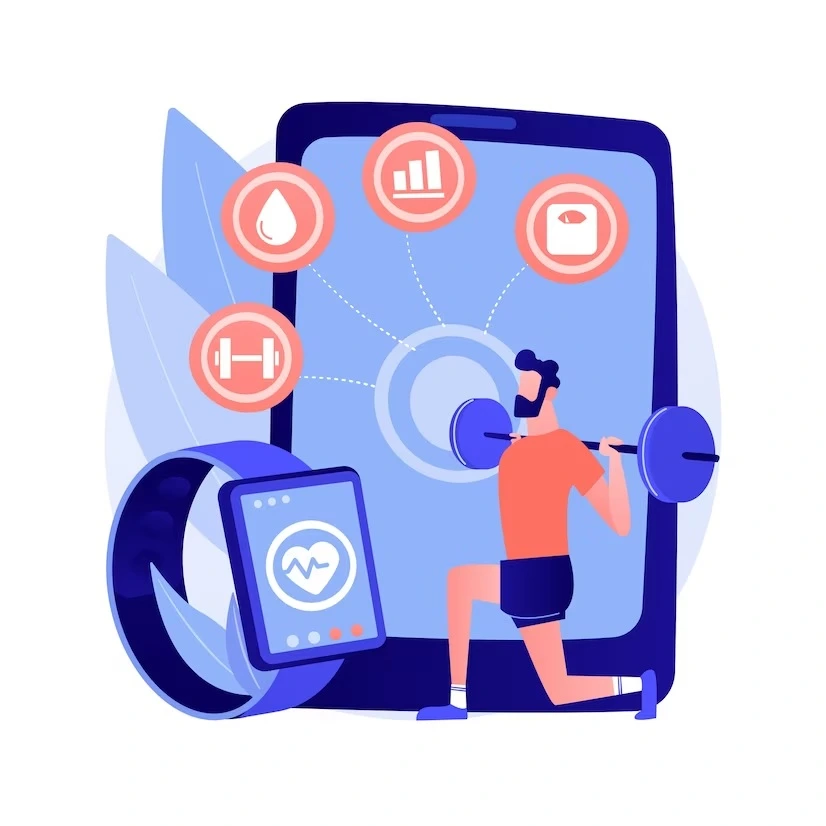
Technology has had a significant impact on the world of sports, influencing the way games are played, analyzed, and enjoyed. Let’s see the role & importance of Technology on Sports. Here are some of the ways in which technology has changed the landscape of sports:
Role of Technology on Sports
Equipment:
Advancements in technology have led to the development of better and more advanced sports equipment. This includes everything from high-tech running shoes to carbon fiber hockey sticks, and it has helped athletes perform better and achieve greater success.
Training:
Technology has also revolutionized the way athletes train. They can now use advanced tools like motion capture technology and virtual reality training to improve their skills and techniques.
Performance analysis:
Data analysis tools and video recording technologies have enabled coaches and analysts to gain insights into athlete performance that were not possible before. This allows them to identify areas where an athlete needs to improve and create personalized training plans.
Broadcasting:
Technology has made it possible for sports fans to watch games from anywhere in the world, thanks to live streaming and on-demand video services. This has greatly expanded the audience for sports and allowed fans to watch games on their own terms.
Fan engagement:
Social media and other online platforms have made it easier for fans to engage with their favorite sports teams and athletes. Fans can follow their favorite players on Instagram, Twitter, and other platforms, and get an inside look into their training routines and personal lives.
Importance of Technology on Sports

Technology has become an essential part of sports, playing a critical role in improving athlete performance, enhancing the viewing experience for fans, and facilitating more effective training and coaching methods.
Improved performance:
Technology has enabled athletes to perform better by providing them with better equipment, more advanced training methods, and real-time performance analysis. This has helped athletes break records, achieve personal bests, and push the boundaries of what is possible in their respective sports.
More effective coaching:
Technology has provided coaches with new tools and methods for analyzing athlete performance and creating personalized training plans. This has helped coaches identify areas for improvement and optimize training programs, leading to better performance outcomes for athletes.
Data-driven decision-making:
The availability of data and analytics has enabled sports organizations to make more informed decisions, whether in terms of player recruitment, game strategy, or business operations. This has helped sports organizations to stay competitive and achieve better outcomes on and off the field.
Innovation and advancement:
Technology has fostered innovation and advancement in the sports industry, leading to the development of new products, services, and technologies that have the potential to revolutionize the way we play, watch, and experience sports.
Conclusion:
Overall, technology has had a profound impact on the world of sports, from the way athletes train to the way games are played and enjoyed by fans. As technology continues to evolve, it will undoubtedly lead to new innovations and advancements in the world of sports.
LIKE WHAT YOU’RE READING?
CHECK OUT SOME OF OUR OTHER GREAT CONTENT HERE
- Role of Technology in the Education
- Usage of Technology in Education
- Technology Impact in Education
- Importance of Technology on Education
- Technology Impact on Jobs – Explained
- WHAT IS THE DEFINITION FOR TECHNOLOGY? EXPLAINED



